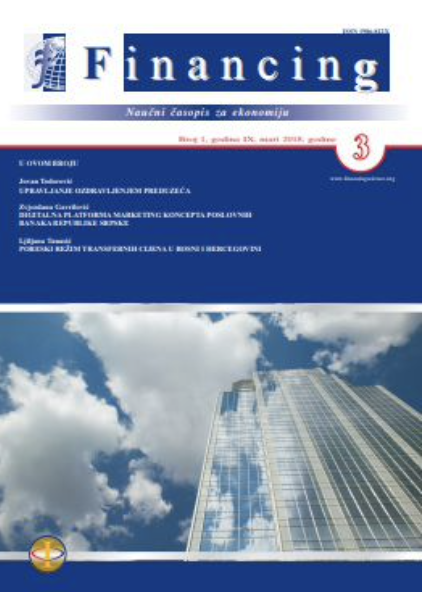Foreign exchange of goods determines the amount of tax revenue
Foreign exchange of goods determines the amount of tax revenue
Author(s): Guste SantiniSubject(s): Economy, Supranational / Global Economy, Fiscal Politics / Budgeting, Accounting - Business Administration
Published by: Finrar d.o.o Banja Luka
Keywords: standard tax classification; tax classification by the time criterion; income; savings, consumption; assets; public and foreign debt; budget deficit; foreign trade deficit; balance of payments deficit
Summary/Abstract: Economic theorists have embraced an institutional, legal, tax classification that could satisfy the needs of economic analysis in a closed economy. An open economy requires a new tax classification that will allow for more accurate identification, analysis and forecasting of tax effects in the reproduction process. The paper presents a tax breakdown according to the time criterion that enables the identification of the real effects of the tax system on the reproduction process. The triple deficit – budgetary, foreign trade and balance of payments – is affected by the tax system, the tax structure, which cannot be identified by the classical tax classification. Furthermore, the same tax system generates different tax revenues depending on its overall foreign relations. Countries with long-term deficits in the foreign trade account generate higher indirect tax revenues, but tax revenues will decrease in the process of balancing foreign trade. How much tax revenue will increase / decrease depends on the share of indirect, expendable, taxes in the tax system. The Maastricht criteria, based on the classical tax classification, viewed in the light of the tax classification according to the time criterion, do not satisfy and need to be revised and amended.
Journal: Financing - naučni časopis za ekonomiju
- Issue Year: 10/2019
- Issue No: 3
- Page Range: 3-16
- Page Count: 14
- Language: English, Serbian

